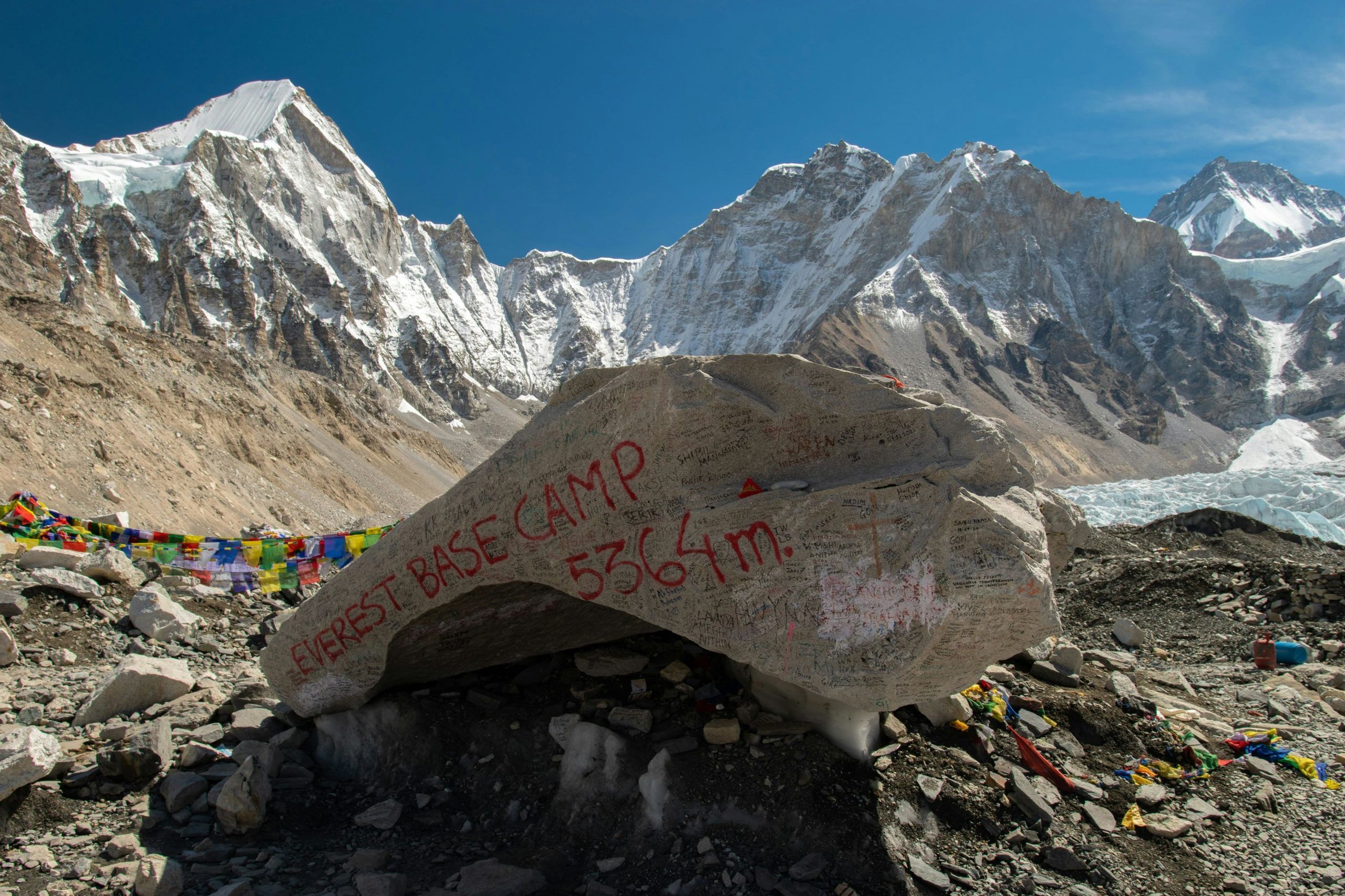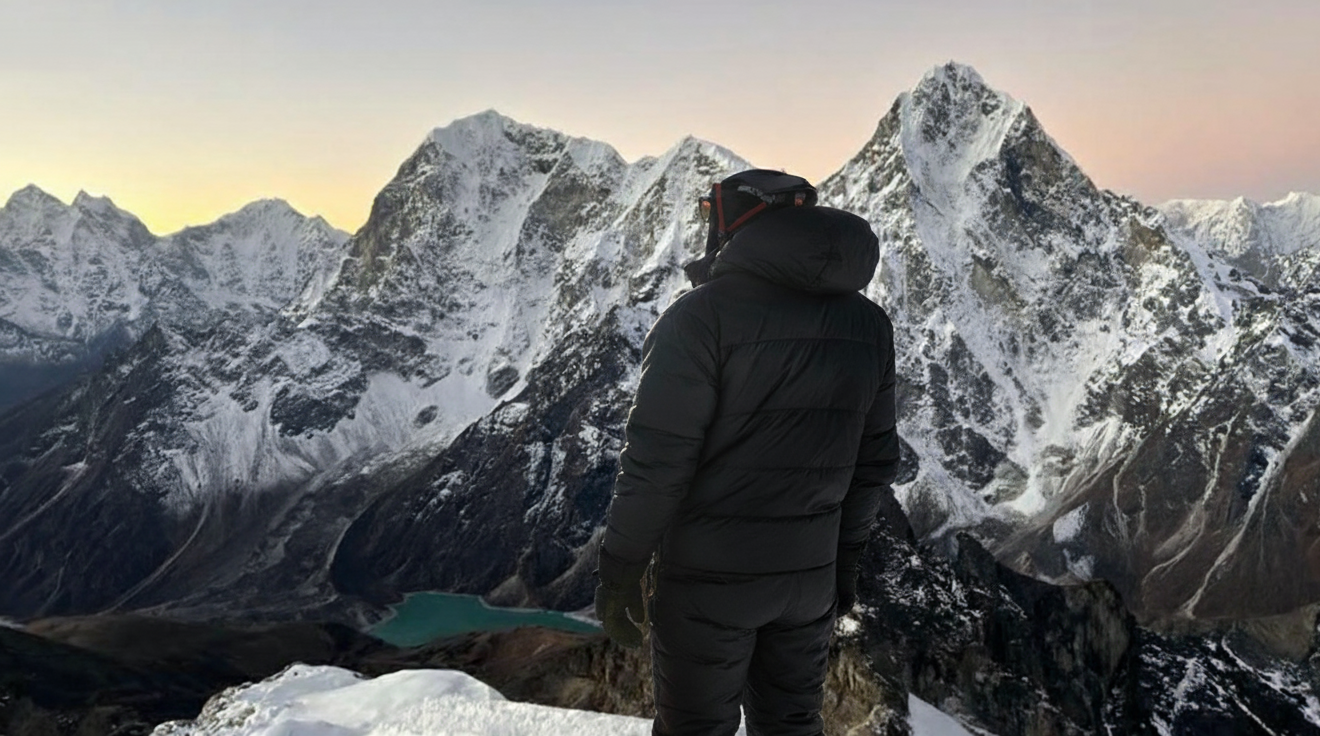5 Most Dangerous Mountains in the World
For the intrepid climber, the call of the 8,000-meter peaks is an irresistible siren song. These fourteen “Eight-thousanders” represent the ultimate test of human endurance and skill. Yet, within this elite group, some mountains stand apart, not just for their formidable height, but for their brutal, uncompromising danger, earning them grim monikers and legendary status.
Here, we delve into the five peaks with the most infamous reputations.
1. Annapurna I (8,091 m) – Nepal
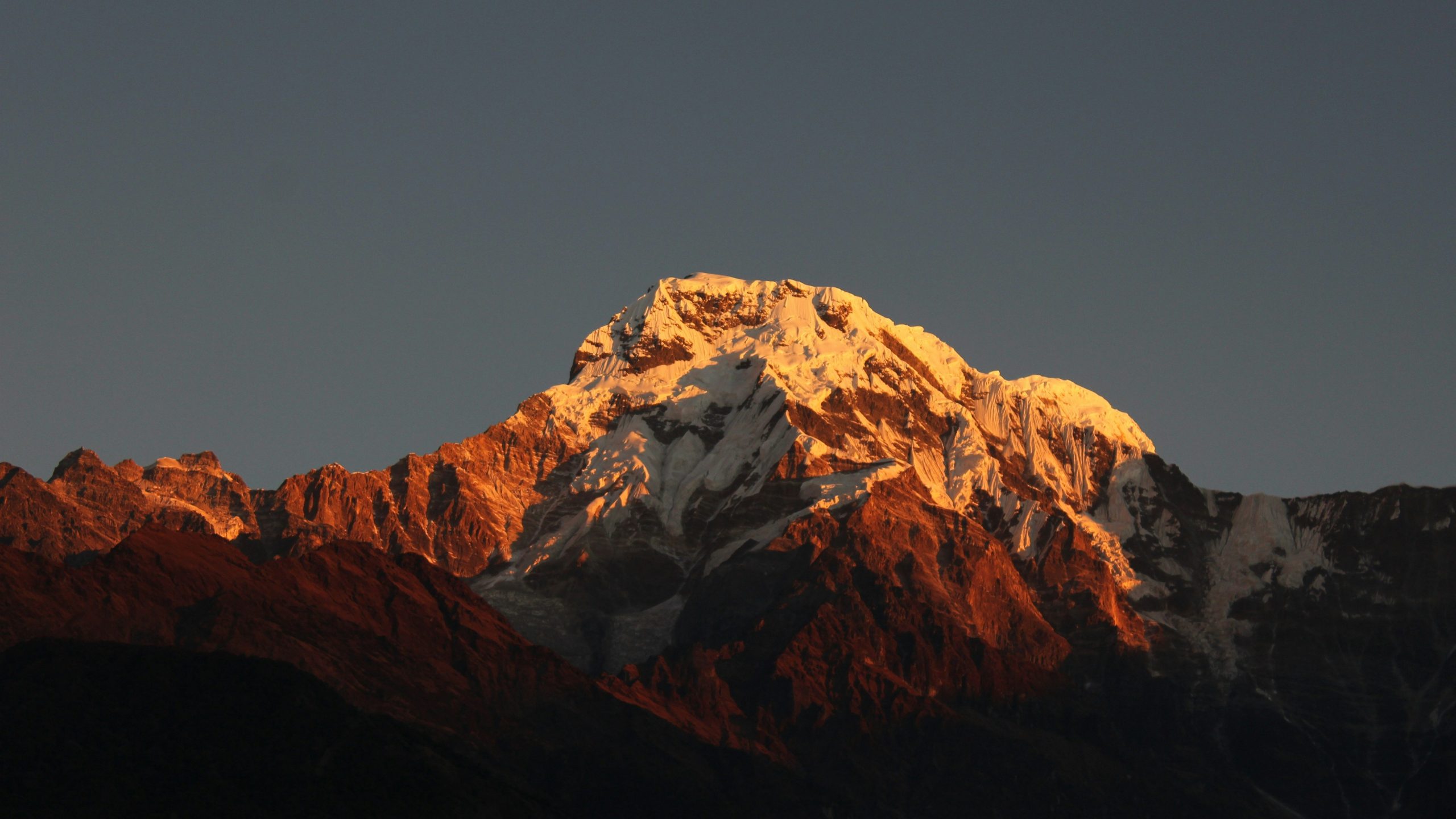
Statistically, Annapurna I holds the grim title of the most dangerous 8,000-meter peak. For decades, it maintained a harrowing fatality-to-summit ratio often exceeding 25%—meaning roughly one in four climbers attempting the summit did not return.
Why is Annapurna so dangerous?
- Avalanches: Annapurna’s colossal, steep faces, particularly the infamous South Face, are notorious for shedding massive amounts of snow and ice with terrifying unpredictability. This constant threat of massive avalanches is its biggest killer.
- Extreme Weather: Positioned in the central Himalayas, Annapurna is susceptible to sudden, violent snowstorms that can engulf climbers in minutes, leading to whiteouts and tragic outcomes.
- Technical Terrain: Routes are a complex maze of seracs, hidden crevasses, and exposed, corniced ridges, demanding peak technical skill under extreme altitude stress.
2. K2 (8,611 m) – Pakistan/China
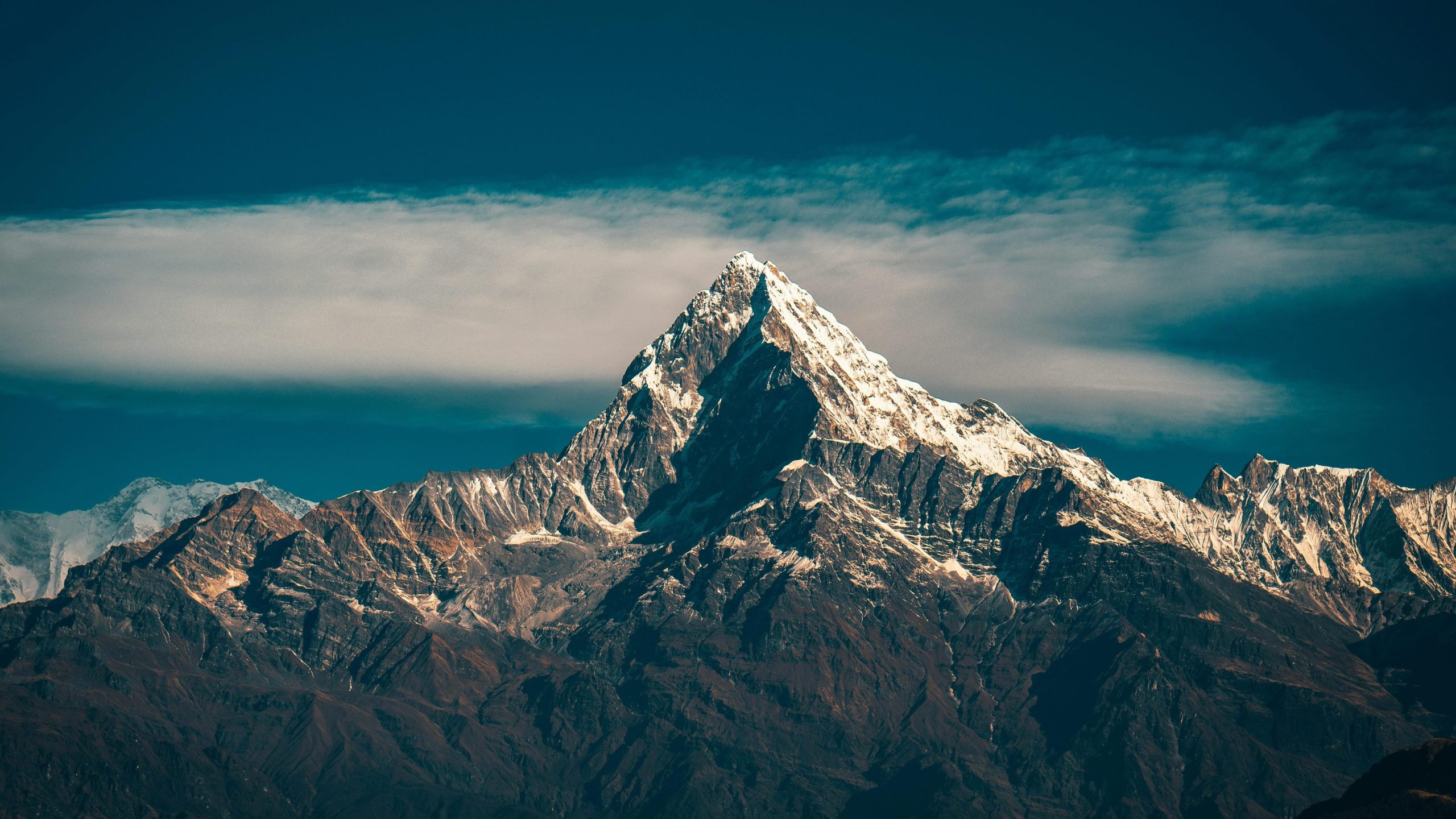
The second-highest mountain in the world, K2 is widely regarded as the most technically difficult and demanding of all the Eight-thousanders. Its nickname, The Savage Mountain, perfectly encapsulates its inherent hostility.
Why is K2 so dangerous?
- The Bottleneck: This infamous, narrow couloir just 400 meters below the summit on the Abruzzi Spur route forces climbers to traverse directly beneath a massive, unstable serac. A collapse here, as tragically occurred in 2008, creates an inescapable death trap.
- Steepness & Technicality: K2 demands sustained, difficult rock and ice climbing at extreme altitudes. Sections like the Black Pyramid are a prolonged, technical grind where climbers are constantly exposed to severe weather and icefall.
- Brutal Weather: Located in the remote Karakoram range, K2’s weather is notoriously colder, more erratic and often more violent than Everest’s, offering extremely short and unreliable summit windows.
3. Nanga Parbat (8,126 m) – Pakistan
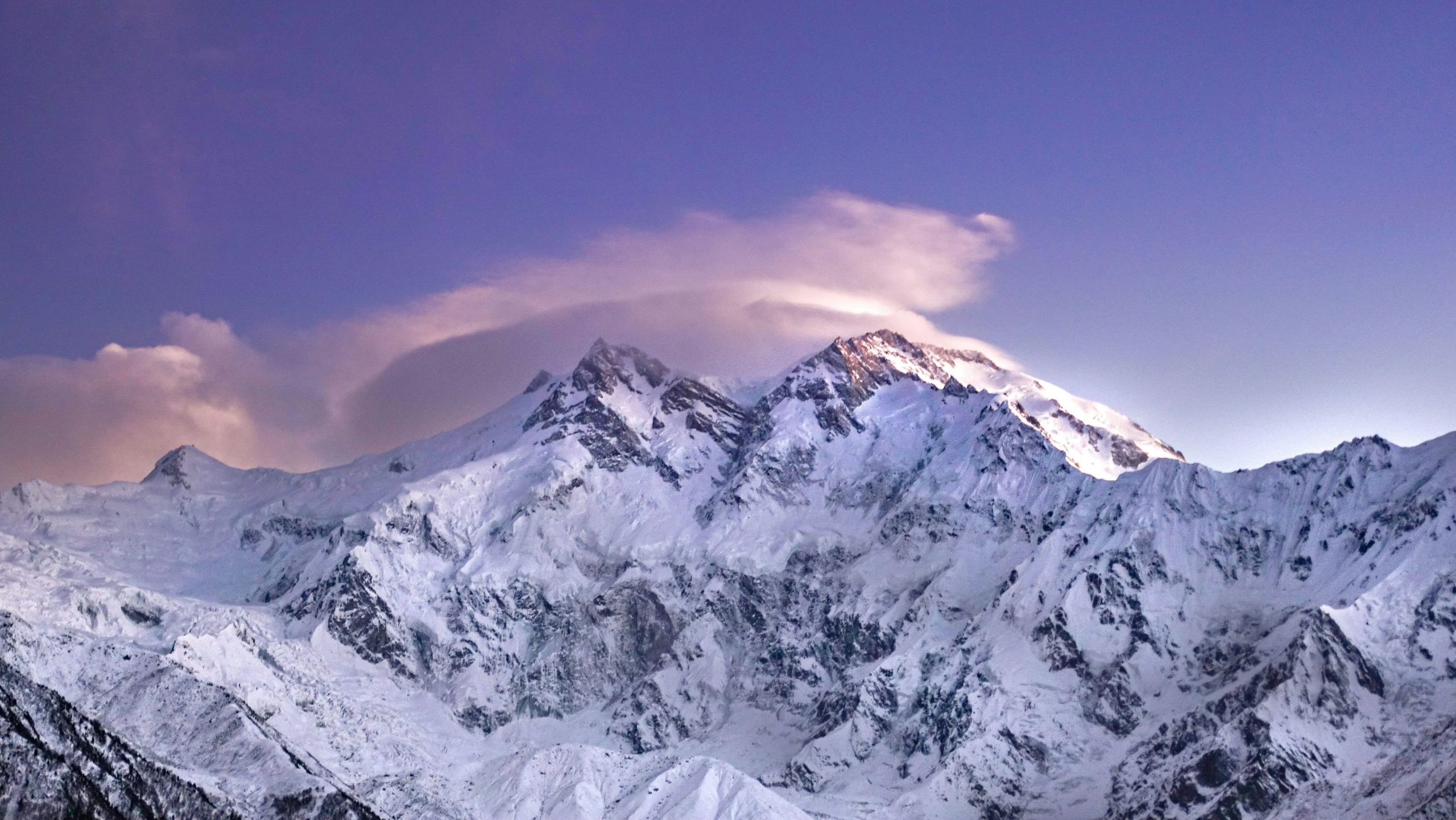
The Naked Mountain, earned its chilling nickname long before its first successful ascent in 1953. Before that historic climb, over 30 people had tragically died attempting its summit, cementing its terrifying reputation.
Why is Nanga Parbat so dangerous?
- The Rupal Face: Often cited as the highest mountain face on Earth, this colossal 4,500m (nearly 15,000ft) wall of ice and rock presents unimaginable technical and objective hazards.
- Avalanche History: Similar to Annapurna, Nanga Parbat is deeply prone to massive avalanches, especially on its early routes which saw multiple expeditions tragically wiped out.
- Geopolitical Risk: Uniquely, Nanga Parbat has also faced non-climbing dangers, notably the tragic attack on its base camp in 2013, adding a layer of risk beyond the mountain itself.
4. Kangchenjunga (8,586 m) – Nepal/India
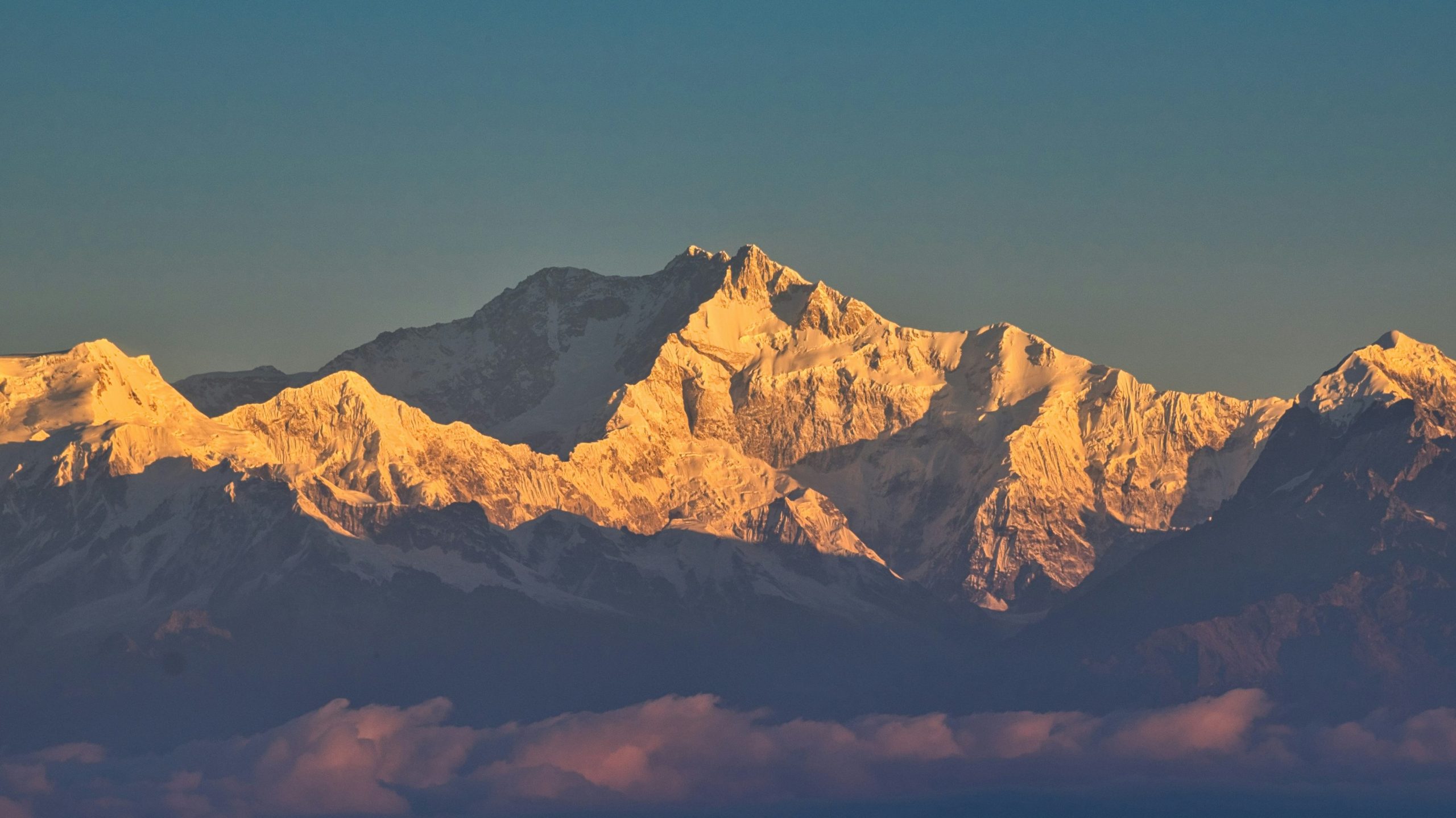
The world’s third-highest peak, Kangchenjunga, is an immense, complex, and isolated massif. Its sheer remoteness, combined with extremely volatile weather patterns, makes it an exceptionally dangerous proposition.
Why is Kangchenjunga so dangerous?
- Isolation & Logistics: Its remote location means that rescue and logistical support are significantly more challenging and time-consuming compared to more accessible peaks.
- Complex Terrain at Altitude: Climbers often spend extended periods at extremely high altitudes, navigating long, convoluted, and heavily corniced ridges, increasing the risk of exhaustion, exposure, and severe altitude sickness.
- High Fatality Rate: Historically, its fatality rate is consistently high, often comparable to K2’s, reflecting its formidable defenses and unpredictable nature.
5. Dhaulagiri I (8,167 m) – Nepal
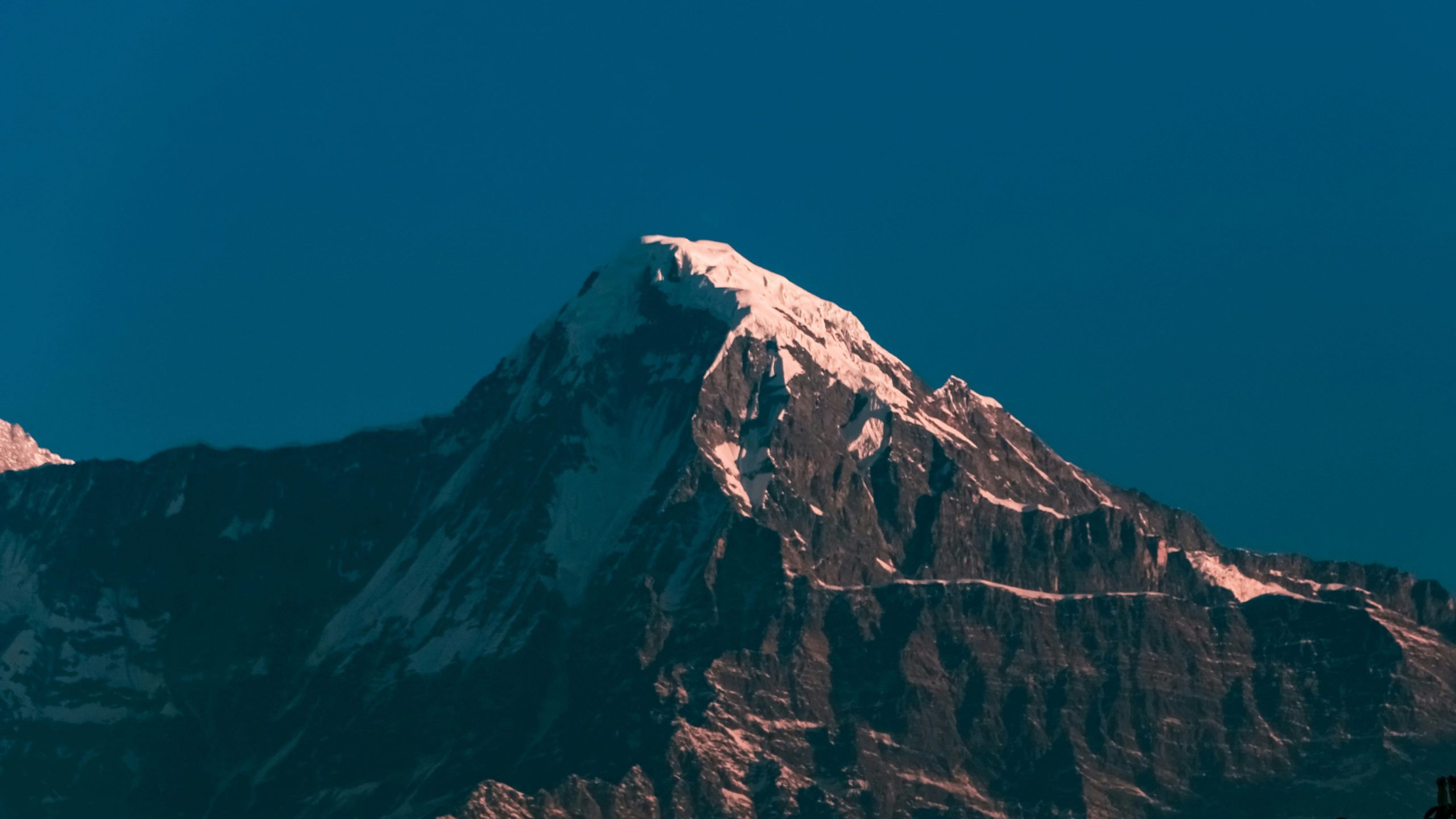
Dhaulagiri, meaning White Mountain, is the seventh-highest peak in the world. While not as universally recognized for its danger as Annapurna or K2, it boasts a formidable reputation and a high historical fatality rate, often ranking among the top five most deadly.
Why is Dhaulagiri so dangerous?
- Extreme Exposure & Winds: Its exposed ridges and colossal icefalls are constantly battered by ferocious winds, often reaching hurricane force, making progress arduous and dangerously cold.
- Avalanche-Prone: Like many giants in the Himalayas, Dhaulagiri features extensive avalanche-prone slopes and faces, demanding extreme caution and skilled route-finding.
- Technical Difficulty: The standard climbing routes involve serious ice climbing, traversing unstable glaciers, and negotiating steep, icy sections at very high altitudes, all while battling the elements.
The Sherpa Perspective on Danger
These mountains do not possess malice; their dangers are simply part of their profound, natural essence. The real perils emerge from underestimation, inadequate preparation, and a lack of respect for their power.
Through generations, Sherpa people have navigated these “savage giants” with an unparalleled understanding and resilience. Our goal is to ensure that this invaluable knowledge and expertise continue to be shared, enabling trekkers and climbers to approach these magnificent peaks with the respect, preparation, and safety they demand.

